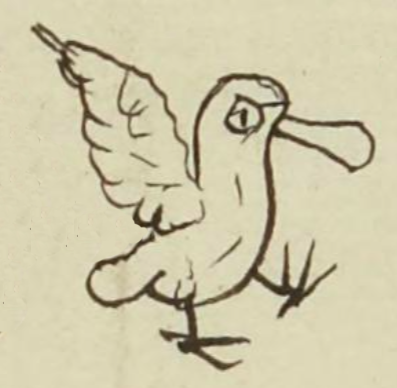Canauh (MH595v)
This black-line drawing of the simplex glyph for the personal name Canauh (“Duck,” attested here as a man’s name) shows a duck (canauhtli) standing in profile, looking toward the viewer's right, with its visible eye open, its wings raised, and its left foot lifted, as though in motion. Its bill is characteristically wide and rounded.
Stephanie Wood
Ducks, being water birds and common in North America, were known on the lakes around Tenochtitlan. Duck meat was eaten in a sauce, stewed, and dried, and duck eggs were also eaten, as the Florentine Codex describes (Book 2, p. 281; Book 8, p. 839; Book 10, p. 1043; ; Anderson and Dibble translation.) Duck heads and bills are known to have been carved from different substances. Some were made into necklaces, such as the one published in the Museo de Sitio de Tlatelolco (2012, 238), which was made from translucent obsidian in gray and other tones.
Stephanie Wood
dio canauh
Diego Canauh
Stephanie Wood
1560
Stephanie Wood
ducks, patos, birds, pájaros, nombres de hombres

canauh(tli), duck, https://nahuatl.wired-humanities.org/content/canauhtli
El Pato
Stephanie Wood
Matrícula de Huexotzinco, folio 595v, World Digital Library, https://www.loc.gov/resource/gdcwdl.wdl_15282/?sp=270&st=image.
This manuscript is hosted by the Library of Congress and the World Digital Library; used here with the Creative Commons, “Attribution-NonCommercial-ShareAlike 3.0 License” (CC-BY-NC-SAq 3.0).



